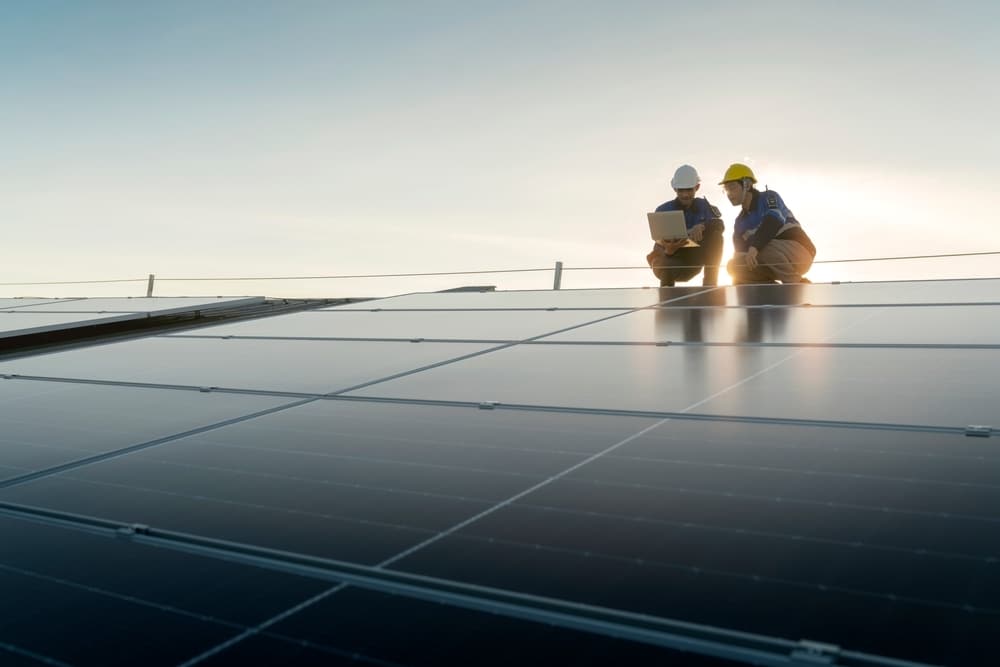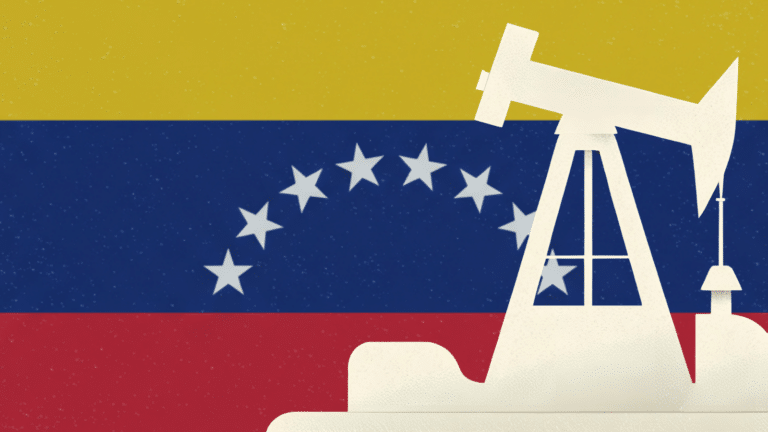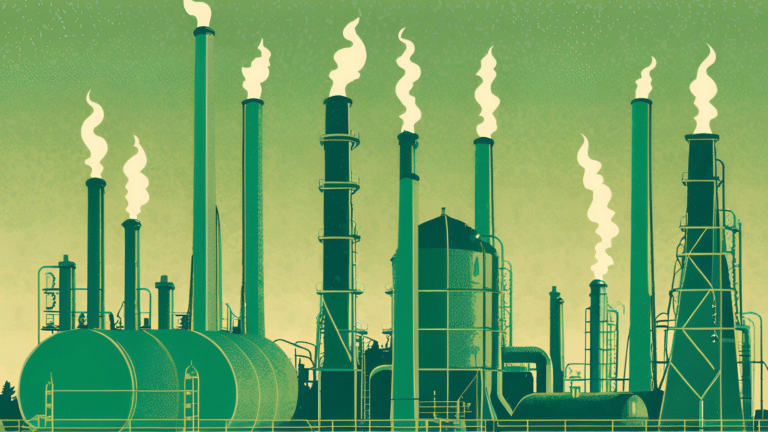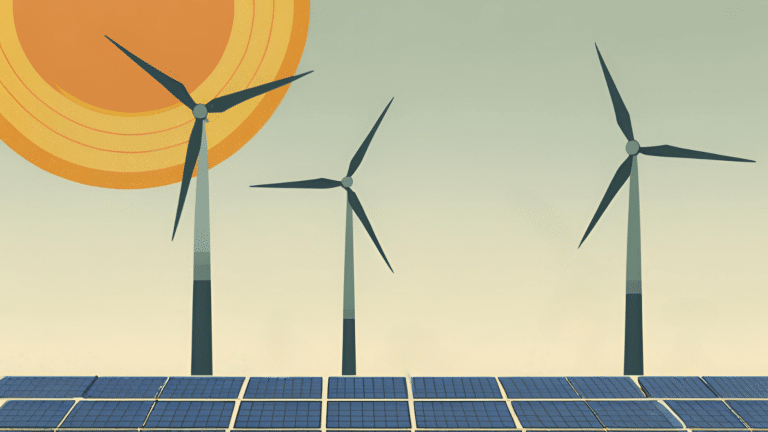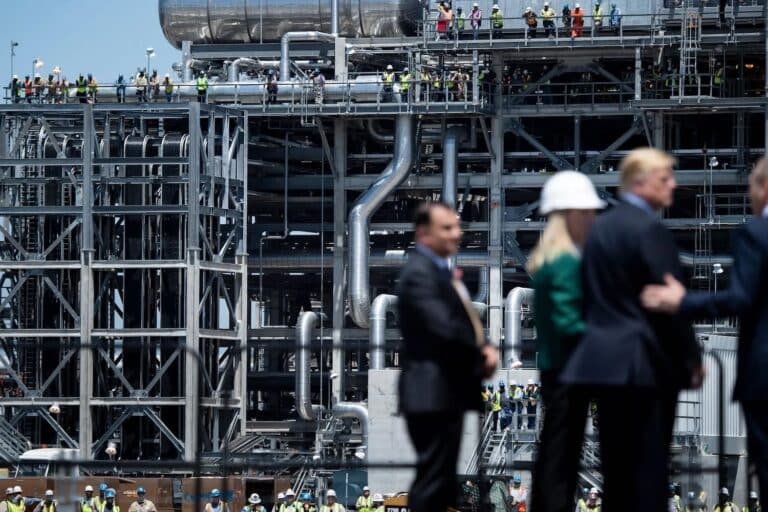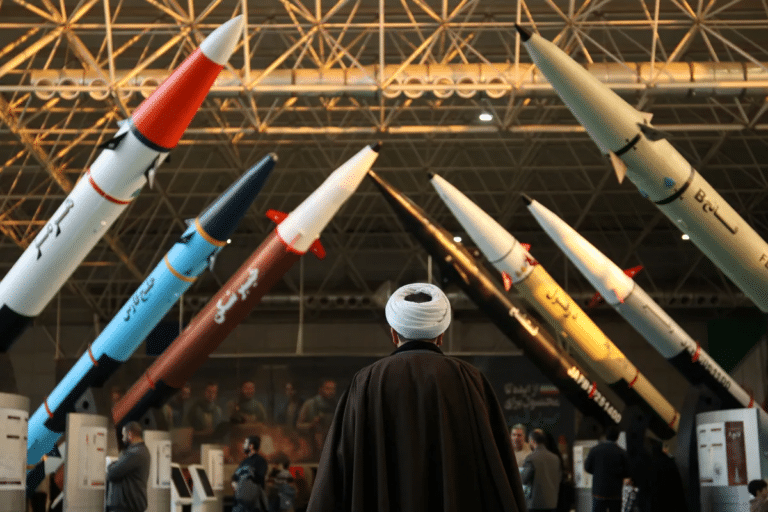This Energy Explained post represents the research and views of the author. It does not necessarily represent the views of the Center on Global Energy Policy. The piece may be subject to further revision. Contributions to SIPA for the benefit of CGEP are general use gifts, which gives the Center discretion in how it allocates these funds. Rare cases of sponsored projects are clearly indicated.
For a full list of financial supporters of the Center on Global Energy Policy at Columbia University SIPA, please visit our website at Our Partners. See below a list of members that are currently in CGEP’s Visionary Circle. This list is updated periodically.
According to the United States government, certain Chinese producers have been circumventing US import duties by exporting solar energy equipment from Southeast Asian countries to the US. New steep import tariffs are scheduled to be imposed on these companies in June 2024. The issue has pitted key constituencies of the energy transition against one another. Some manufacturing groups have applauded[1] the DOC’s decision as cracking down on unfair Chinese trade practices, while some clean energy advocates have decried it for its potential to raise prices and slow solar deployments. The Solar Energy Industries Association said[2] this case unnecessarily put the livelihoods of hundreds of thousands of Americans at risk.
In this Q&A, the authors explore the potential implications of the forthcoming tariffs at a time when the US is attempting to accelerate its transition to clean energy.
How did these new solar tariffs come about?
In August, the Department of Commerce (DOC) published its final conclusion[3] on a controversial investigation of solar panel parts manufacturers that began in March 2022. Auxin Solar, a small California-based solar panel manufacturing company, petitioned[4] the US government, arguing that Chinese companies are skirting US tariffs on Chinese and Taiwanese solar cells and modules by effectively routing equipment through countries in Southeast Asia that are not subject to the same tariffs. The DOC investigated eight companies and concluded that five are violating the US laws. When the presidential moratorium on new solar tariffs on imports from Southeast Asia expires next June[5], imports of solar cells and modules from these five companies will be subject to the tariffs faced by Chinese solar manufacturers, with the tariff level ranging from 50 percent to 250 percent of the import value.
Help us understand this decision in the context of US goals and global supply chains.
Solar energy accounted for 3.4 percent of total US electricity generation in 2022,[6] up from 1.3 percent five years earlier. This year, US solar installations are expected to set a record of 32 gigawatts (GW),[7] which is more than a 50 percent jump from last year. The pace of deployment likely needs to accelerate to achieve President Biden’s goal of 100 percent carbon-free electricity generation by 2035. According to a Department of Energy analysis,[8] solar energy could account for 40 percent of the US power grid in 2035, which would require annual solar capacity additions to almost double from today.
China dominates the global supply chains for solar energy, with its global share in all the manufacturing stages of solar panels exceeding 80 percent.[9] For instance, polysilicon wafers, which are processed to make solar cells, are almost entirely produced in China. In contrast, US manufacturers account for a small portion of the solar supply chain, and no American factories currently produce[10] solar wafers or cells at scale.
For over a decade, solar supply chains have been a focus of US policy. Collectively, these measures reflect:
- Concerns about the resiliency of supply chains given the overwhelming reliance on a single country;
- Concerns in particular about the reliance on China;
- Concerns about unfair trade practices from foreign exporters;
- Aspirations to build a strong domestic solar manufacturing industry to serve as an important source of high-quality jobs and productivity in a decarbonizing world.
Where do these new tariffs fit in?
Recent US presidential administrations from both parties have levied tariffs on imported solar panels.
In 2012,[11] the Obama administration imposed tariffs on Chinese solar manufacturers under anti-dumping and countervailing duty (AD/CVD) laws. AD/CVD aims to address the competitive advantage foreign firms receive either from government subsidies or from selling products abroad at lower prices than in domestic markets. In 2015, these tariffs were amended and expanded, largely due to attempts to circumvent the 2012 tariffs. Since the imposition of the Obama-era tariffs, the share of US solar equipment imports directly from China has been almost completely phased out, with imports shifting to Southeast Asia. The recent DOC decision would expand these AD/CVD tariffs to cover imports from certain companies in Cambodia, Malaysia, Thailand, and Vietnam. These four countries accounted for more than 75 percent[12] of total US solar panel imports last year.
The AD/CVD are just one of many categories of tariffs or import restrictions applied to Chinese solar equipment. Others include:
- Tariffs under Section 201 of the Trade Act of 1974, which enables[13] a president to impose temporary trade measures when a surge of imports threatens serious injury to a US industry. President Trump imposed these “safeguard” tariffs in 2018, although a subsequent exemption of bifacial solar panels (increasingly used in utility-scale solar) and increase in the quota that can be imported duty-free has diminished its effects.
- Tariffs under Section 301 of the Trade Act of 1974, which enables[14] the US Trade Representative to take actions when trading partners are engaging in discriminatory or unreasonable practices that burden US commerce. President Trump imposed tariffs of 25 percent[15] on solar and many other Chinese imports, and President Biden has kept these tariffs in place.
- The Uyghur Forced Labor Prevention Act, signed by President Biden in 2021, which stops the import of polysilicon (the primary raw material for solar) and other products made in the Xinjiang Uyghur Autonomous Region in China.
What are the trade-offs of additional tariffs to Americans?
Without commenting on the DOC ruling (which is beyond the authors’ expertise), it’s safe to say that tariffs can cut both ways. While they may improve the competitiveness of US solar manufacturers right when the domestic industry is growing from a small base—thanks to incentives in the Inflation Reduction Act—they can harm US solar developers as well, if they raise the costs of imports that are inputs to production. Moreover, often tariffs lead to retaliatory tariffs, which happened when China[16] imposed 57 percent duties on US polysilicon, following the 2012 tariffs, and the US polysilicon production plunged[17] from around 30 percent of global total in 2010 to around 10 percent by 2017.
For US consumers, tariffs are essentially taxes. While their “incidence” (i.e., who bears the costs) may be split between foreign sellers and US consumers, empirical[18] evidence[19] suggests American consumers largely pay the costs. Therefore, while innovation has led to the rapid decline in the costs of solar energy, tariffs have made solar in the US more expensive than it would have been otherwise. It is difficult to isolate the effects of higher prices on deployment, but according to one study,[20] the AD/CVD tariffs alone caused US demand for solar to decline by 17 percent during the 2012 to 2018 period. Less solar in the electricity system could translate to more electricity produced by fossil fuels, and thus higher emissions.
What will be the effects of the new tariffs?
The effects on solar markets of the additional tariffs next June may not be noticeable. Solar capacity that will not be subject to these additional tariffs is ramping up quickly, including in the Southeast Asian countries on which this decision focuses. According to Bloomberg New Energy Finance,[21] solar manufacturers are building over 35 GW per year of wafer-making capacity (wafers are fabricated into solar cells) in Southeast Asia to avoid tariffs. This added supply will likely push down prices, counteracting the effects of the tariffs.
But it should be noted that in a world without tariffs, solar panel prices would likely be lower and investments to avoid the tariffs would be invested elsewhere.
How should policymakers view the broader trend reflected by these tariffs?
Even if the incremental effects of the DOC decision are small, it can be viewed as an expansion of a broader policy trend with large implications. The US has taken aggressive actions to diminish the role of Chinese producers in solar supply chains. The costs of solar modules are already two to three times higher[22] in the US than those in Europe. A recent study in Nature[23] estimates that cutting China out of supply chains increases solar module prices 20 to 30 percent compared to a scenario with globalized supply chains. US climate goals are premised on the strategy of making solar and other clean energy technologies cheap; all else equal, more expensive solar makes those targets more difficult to achieve.
These costs may be justified by the benefits of punishing alleged trade violations, reducing dependence on China, or building more resilient supply chains. But these are important trade-offs for policymakers to consider. The implications of additional solar tariffs next June may be small, but similar trade-offs are likely to arise in future decisions given the escalating risks of geopolitical and climate crises.
CGEP’s Visionary Circle
Corporate Partnerships
Occidental Petroleum Corporation
Tellurian Inc
Foundations and Individual Donors
Anonymous
Anonymous
the bedari collective
Jay Bernstein
Breakthrough Energy LLC
Children’s Investment Fund Foundation (CIFF)
Arjun Murti
Ray Rothrock
Kimberly and Scott Sheffield
Notes
[1] https://www.washingtonexaminer.com/policy/energy-environment/commerce-finalizes-duties-on-asian-solar-panel-makers-seen-as-skirting-china-tariffs.
[2] https://www.seia.org/news/commerce-departments-solar-tariff-decision-imperils-clean-energy-boom.
[3] https://www.commerce.gov/news/press-releases/2023/08/department-commerce-issues-final-determination-circumvention-inquiries.
[4] https://www.seia.org/sites/default/files/2022-03/CommerceAuxinDecision.pdf.
[5] https://www.reuters.com/world/us/exclusive-biden-use-executive-action-spark-stalled-solar-projects-amid-tariff-2022-06-06/.
[6] https://www.eia.gov/energyexplained/electricity/electricity-in-the-us.php.
[7] https://www.utilitydive.com/news/solar-rebound-installations-seia-record-year/693027/.
[8] https://www.energy.gov/articles/doe-releases-solar-futures-study-providing-blueprint-zero-carbon-grid.
[9] https://www.iea.org/reports/solar-pv-global-supply-chains.
[10] https://www.wsj.com/articles/u-s-to-probe-tariff-dodging-claim-against-chinese-manufacturers-11648500996?mod=hp_lista_pos5.
[11] https://www.reuters.com/article/us-china-trade/u-s-sets-new-tariffs-on-chinese-solar-imports-idUSBRE84G19U20120517.
[12] https://www.bloomberg.com/news/articles/2023-08-17/us-china-solar-trade-probe-ruling-to-reshape-billions-in-trade.
[13] https://crsreports.congress.gov/product/pdf/R/R45529/5.
[14] Ibid.
[15] https://www.akingump.com/en/insights/blogs/speaking-sustainability/update-policies-at-cross-purposes-us-trade-policy-creates-cloudy-picture-for-rapid-deployment-of-solar-energy.
[16] https://www.wsj.com/articles/will-new-tariffs-hurt-the-u-s-solar-power-industry-1510628400.
[17] https://www.energypolicy.columbia.edu/publications/trumps-solar-tariffs-create-far-more-losers-winners.
[18] https://www.nber.org/system/files/working_papers/w26396/w26396.pdf.
[19] https://www.research-collection.ethz.ch/bitstream/handle/20.500.11850/543961/WP-22-372.pdf?sequence=1.
[20] Ibid.
[21] https://www.bnef.com/insights/31019.
[22] Ibid.
[23] https://www.nature.com/articles/s41586-022-05316-6.



